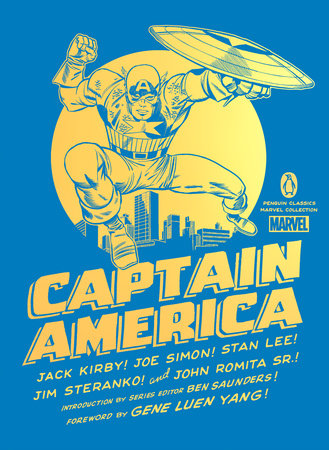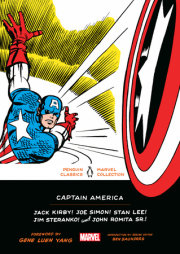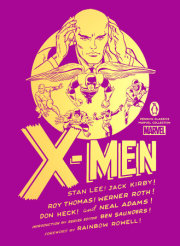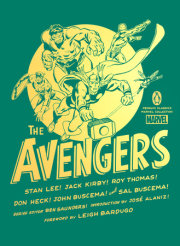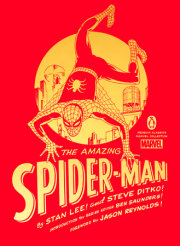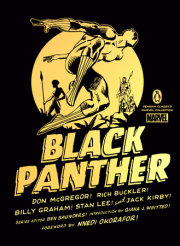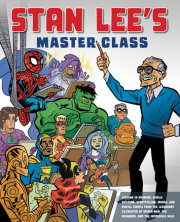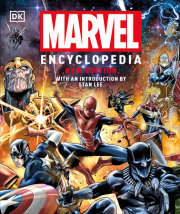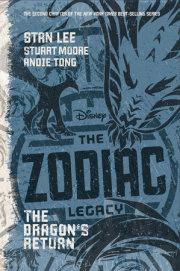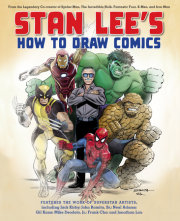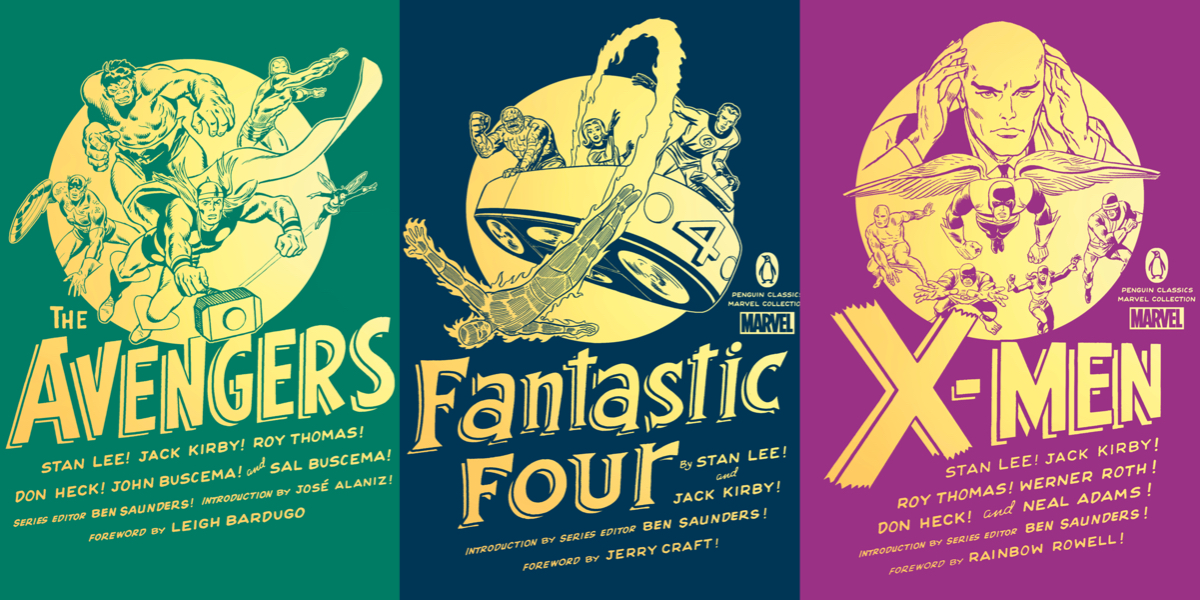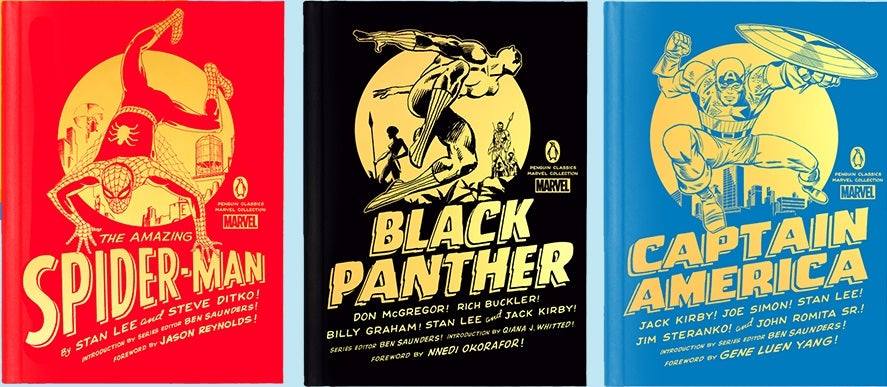Series Introduction
If you were suddenly gifted with powers that set you apart from ordinary humanity, what would you do?
For the first generation of comic book super heroes, launched in the late 1930s, the answer was obvious: You used your special abilities for the benefit of others. You became a "champion for the helpless and oppressed" and waged an "unceasing battle against evil and injustice."
It was a fantasy predicated on the effortless fusion of moral certainty with aggressive action, the national appetite for which only increased after America's entry into the Second World War in 1941. More than seven hundred super-powered do-gooders debuted in the boom years of 1938-1945. Collectively, they helped to transform the comic book business from a vestigial limb of print culture into a muscular arm of the modern entertainment industry. With the social tensions and abiding inequalities of US culture temporarily obscured by the Nazi threat, super heroes even came to emblematize the (sometimes contradictory) principles of individualism, democracy, and consumerism: the American way.
After the war, comics remained big business-the genres of romance, Western, crime, horror, and humor all thrived-but audiences turned decisively away from super heroes. Indeed, by the summer of 1953, the costumed crime-fighter appeared on the verge of extinction. Of the hundreds of characters that had once crowded the newsstands, only five still had their own titles: Quality Comics' Plastic Man and DC Comics' Superman, Superboy, Batman, and Wonder Woman. Old-fashioned products of a simpler time, they were ripe targets for satire. There were sporadic attempts to revive the craze, of course-most notably in 1954, when a wave of national hysteria over the putative effects of crime and horror comics on younger readers led several publishers to seek more parent-friendly alternatives. The companies of Ajax, Atlas, Charlton, Harvey, Magazine Enterprises, Prize, and Sterling all tried out a few super hero books in an effort to recapture a small portion of the market that they once had dominated. Significantly, all failed.
No single factor can definitively explain this shift in popular taste, but clearly times had changed. Against the background of the wasteful and inconclusive war in Korea, the vicious theater of McCarthyism, and the ugly response to the first stirrings of the civil rights movement in Montgomery, Alabama, the moral simplicity of the super hero fantasy looked na•ve at best and reactionary at worst. Clearly, if super heroes were going to be revived successfully, they would have to be reinvented.
The process began at DC Comics, the only American comic book publisher to have a real stake in the genre at the time, with the return of the Flash in mid-1956. Writer Bob Kanigher revised the concept (which dated back to 1940), adding a self-reflexive element; his hero, Barry Allen, had a nostalgic fondness for old Flash comics. Kanigher thereby acknowledged and incorporated DCÕs earlier Flash stories while simultaneously placing them at an ironic distance-making his own tale seem more authentic and contemporary. The summer of 1959 saw a similar modernization of the Green Lantern. The origin story of the first Lantern, from almost twenty years prior, had been a messy Orientalist hodgepodge; the new version drew on science fiction tropes more suited to the age of the space race. In late 1959, these revitalized heroes joined forces with Superman, Batman, and Wonder Woman to form a team: the Justice League of America.
The strong sales of the JLA made other publishers sit up and take notice. Among them was Martin Goodman, the owner of the company not yet known as Marvel. Goodman had enjoyed plenty of success with super hero comics in the 1940s and owned the rights to such former hits as Captain America, the Human Torch-somewhat misnamed, as he was actually a flame-powered android-and Namor the Sub-Mariner. (A true original, the Sub-Mariner was perhaps the only super-powered character of the first generation to regard ordinary humanity with open hostility.) But Goodman had canceled all his super hero books in 1949 to pursue more popular trends. Now, at the dawn of the '60s, half the titles in his comics division were romances or "teen humor" titles, while the other half was divided among war, Western, and "monster" books-anthologies that served up a different B-movie-style menace month after month-without a single super hero in the bunch.
Goodman decided that he needed a super team of his own on the shelves, fast, and assigned the job to a writer-editor named Stanley Lieber, better known today as Stan Lee. A cousin of Goodman's wife, Lee had joined the company in 1939 at the age of seventeen, rising to oversee Goodman's entire line. He'd grown up in the comic book industry, knew all its formulas and limitations, and longed to transcend them-but by his own account, he was starting to wonder if he ever would. When Goodman told him to create a copycat Justice League, Lee turned for help to Jack Kirby, a veteran artist who had co-created Captain America (among many other super heroes) with Joe Simon back in the 1940s. The result of their collaboration would be far more than a knockoff of the latest trend, however. Drawing inspiration from multiple sources, the two men managed to blend a whole new pop-cultural cocktail: a transformative take on the super hero. The comic was called The Fantastic Four, and in its pages, Lee and Kirby would also map out the basic contours of the Marvel Universe.
Copyright © 2022 by Jack Kirby, Joe Simon, Stan Lee, Jim Steranko, and John Romita Sr.; Foreword by Gene Luen Yang; Introduction by Ben Saunders; Series Editor: Ben Saunders. All rights reserved. No part of this excerpt may be reproduced or reprinted without permission in writing from the publisher.





